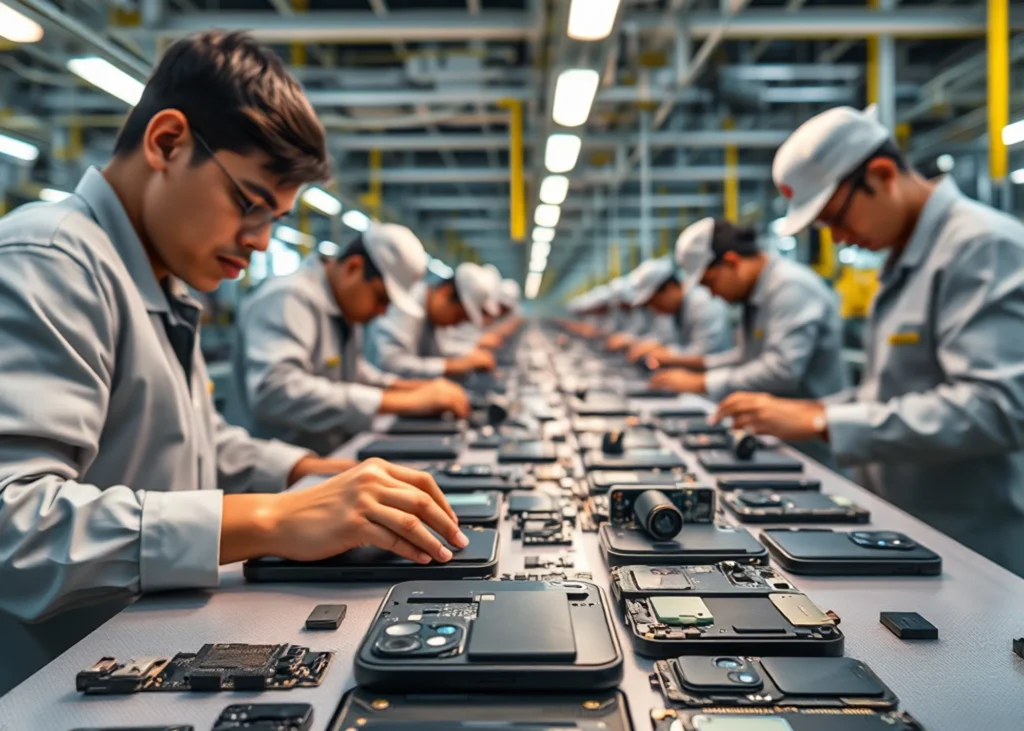Foxconn Begins Importing iPhone 17 Parts for Trial Assembly; Apple to Launch Four New Models, Including Slim iPhone 17 Air

Apple’s much-anticipated iPhone 17 series is reportedly moving closer to launch, with trial production expected to begin in India this month, according to The Economic Times. Key components for the upcoming models have already been imported by Foxconn, Apple’s major contract manufacturer, signaling the beginning of preparations for Apple’s next-generation smartphones.
Customs data reveals that Foxconn (Hon Hai Precision Industry Co. Ltd) imported parts for the iPhone 17 from China last month. These parts arrived along with shipments for the current iPhone 16 and iPhone 14 models, which remain in production due to sustained demand in India.
Trial manufacturing for the iPhone 17 lineup is set to kick off soon at Foxconn’s facility, with mass production expected to start in August. If Apple follows its usual launch cycle, the iPhone 17 series will likely be unveiled globally in September.
Apple reportedly plans to manufacture the iPhone 17 base model simultaneously in India and China, a strategy it followed with the iPhone 16 series in 2024. The Cupertino-based tech giant has significantly ramped up its India manufacturing operations in response to growing demand and geopolitical shifts, including US tariffs on China.
The iPhone 17 lineup is expected to include four models:
iPhone 17
iPhone 17 Pro
iPhone 17 Pro Max
iPhone 17 Air (also referred to as iPhone 17 Slim)
The new iPhone 17 Air is expected to be the thinnest iPhone yet, positioned as the successor to the iPhone 16 Plus, and will reportedly feature a single rear camera. Leaks suggest the iPhone 17 Pro and Pro Max models will debut with a redesigned rear camera module, while all four devices are said to feature OLED displays with high refresh rates.
As Apple increases its focus on local production in India, this move is seen as part of its broader strategy to diversify manufacturing outside China and strengthen its supply chain resilience.








